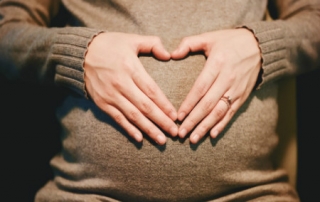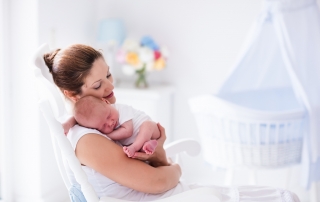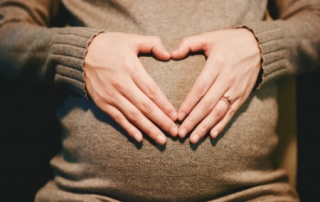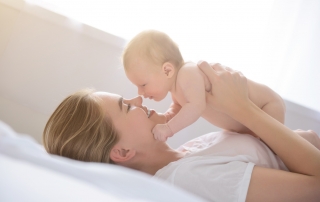Understanding the Link between Trauma History and Risk of Perinatal Depression
While we are becoming more attentive to screening for depressive symptoms during pregnancy and the postpartum period, we may not always ask about a history of trauma, especially when a woman has had what most would consider an “uncomplicated” pregnancy. A recent study, however, indicates that a history of trauma may be a risk factor for depression during pregnancy.








